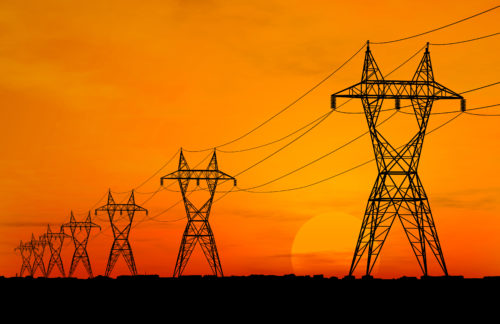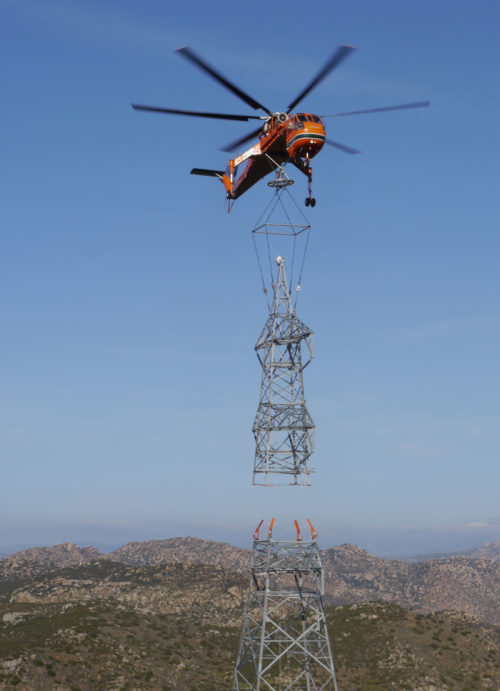
When E3 started out in the early 1990s, founder Ren Orans would not have predicted the energy industry’s rapid pace of change. He certainly didn’t know the E3 team would eventually support efforts to create landmark energy and climate legislation, inform international agreements, and have a hand in creating solutions for the issues that shape today’s electricity industry.
The seed for E3 was planted in 1989 when Ren turned his Stanford University dissertation methodology into pilot projects that tested the concept of using distributed energy resources to defer new investments in distribution, transmission, and generation infrastructure.
E3 formed officially in 1993, when Ren convinced Pacific Gas and Electric to use his methodology—which combined costs and loads for relatively small distribution planning areas in order to estimate incremental cost of service on a localized, time-specific basis—to evaluate opportunities for an aging substation west of Fresno, California.
As a result of this study, PG&E built the 3 MW Kerman Substation PV Plant, the first grid-connected PV system expressly intended to defer a distribution substation upgrade. The project demonstrated that distributed resources, appropriately targeted and sized, could provide real benefits to the grid and save customers millions of dollars.
At that time, longtime colleagues Brian Horii and C.K. Woo joined Ren as partners, and Snuller Price became the first employee. They understood that industry change, from investment decisions to new policies, had to be driven by credible and transparent analysis.
 Innovative models for new markets and technologies
Innovative models for new markets and technologies
In the 1990s, industry restructuring and advancing technology opened the door to using new markets and technologies to drive down electricity costs. As E3 grew, it developed expertise in designing the planning tools, economic models, and screening processes for more efficient bulk-system planning and grid integration of small distributed resources. This gave the company a strong foundation to build its practice in price forecasting and asset valuation.
E3’s client base also expanded beyond California. Canada’s three largest utilities retained E3 to develop transmission tariffs compliant with Federal Energy Regulatory Commission rules, which allowed them to sell power at market prices throughout the continental U.S. In Texas, E3 helped design a true-up ratemaking mechanism that enabled utilities to recover more than $5 billion in estimated stranded costs over time while giving retail customers the benefits that came with access to the wholesale market.

Construction of the Sunrise TransLink line near San Diego in 2013
Helping energy stakeholders meet 21st-century challenges
California’s leadership in renewable energy, clean transportation, and climate policy began to drive energy planning in the early 2000s. E3 was ready: The team had grown to include 20 analysts, economists, and scientists, and partner Arne Olson came on board in 2002, bringing exceptional planning skills and knowledge of the Western Interconnection.
In particular, California’s audacious Renewables Portfolio Standard target—33 percent by 2020—presented challenges for industry stakeholders. We worked with utilities to win approval for new transmission lines; with developers to find sites, obtain permits, and secure financing for renewable generators; and with regulators and utilities to plan for renewables integration.
Finding pathways to a low-carbon future
Since 2010, E3 has applied its modeling expertise to climate change and the role of the energy sector in reducing GHG emissions. We developed the PATHWAYS model in 2012 to demonstrate the feasibility of reducing California’s GHG emissions to 50 percent below 1990 levels; the work was published in the journal Science.
Deeper emissions reductions require integrating high levels of renewable energy, and E3 has pioneered methods to understand the challenges—and find solutions. Our landmark 2013 study, Investigating a Higher Renewable Portfolio Standard for California, prepared for a consortium of the state’s five largest utilities, was the first to identify overgeneration as the primary renewable integration challenge, and one that was dictating the need for new infrastructure.
Informing global policy with credible models
E3’s PATHWAYS analysis for Gov. Jerry Brown and California’s principal energy and environmental regulators informed 2015 legislation that raised the state’s GHG emissions reduction target to 40 percent below 1990 levels by 2030. E3 also used the modeling to develop credible GHG reduction trajectories for the U.S. as part of the United Nations’ Deep Decarbonization Pathways Project (DDPP). The 2016 Paris Agreement on climate change cited the DDPP models, and the Obama Administration relied on the analysis to confirm that its landmark carbon reduction pact with China could be achieved. We are currently using PATHWAYS modeling to support high renewables integration plans in Hawai‘i and New York.
Looking back, E3 has come a long way from that first PV project. Looking ahead, the firm has an important role to play in the future of energy planning and markets, supporting all industry stakeholders as they comply with new energy policy and adapt to advancing technology.


